
The History and Uses of Hydrogen
STEM Explained
Hydrogen’s tendency towards combustion is what makes it both a dangerous chemical element and a useful energy source.

How does a wheelbarrow help you carry heavy loads?
Hands-on Activities
In this hands on activity build a wheelbarrow from simple materials to explore just how useful simple machines can be!
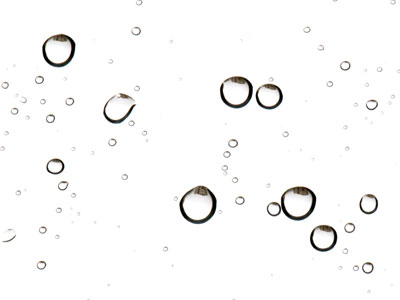
How does rain become acidic?
Hands-on Activities
Learn how to make a pH indicator and test water samples.
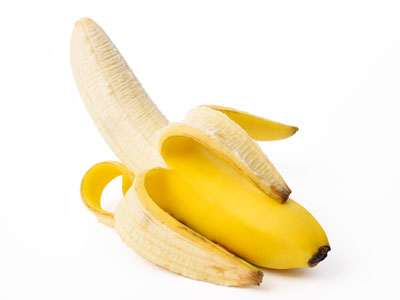
How can I stop bananas from turning brown?
Hands-on Activities
Explore the chemistry behind why bananas turn brown. Can chemistry also help prevent this?

How do animals hide?
Hands-on Activities
Play a game of hide and seek to discover how animals can hide in plain sight!

How do I construct a terrarium?
Hands-on Activities
You can make your own terrarium for growing plants!
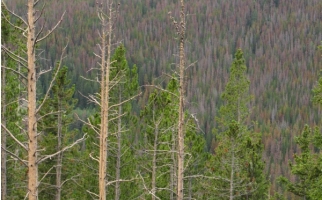
How Do Introduced Species Affect Ecosystems and the Economy?
STEM Explained
When a species ends up outside of its natural zone, the consequences on other species, ecosystems and human industries can be severe. Climate change and human activities can introduce species into new zones.
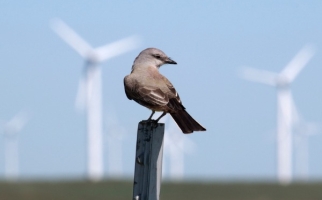
How do Wind Farms Affect Birds and Bats?
STEM Explained
Wind energy generates a lot of electricity in Canada. But wind turbines can be dangerous for wildlife.
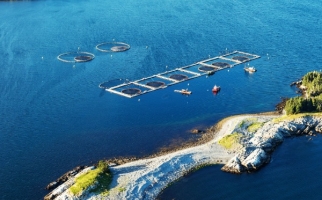
Farmed Salmon vs. Wild Salmon
STEM Explained
Aquaculture is seen as a sustainable way to produce fish. But are farmed salmon better than wild fish?

Green Walls
STEM Explained
Green walls use plant processes to improve air quality in buildings.
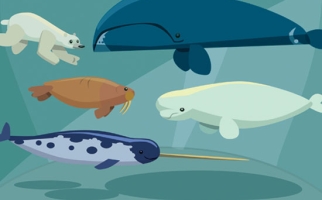
How are Arctic Animals in Canada Affected by Climate Change?
STEM Explained
Arctic animals have evolved to thrive in harsh arctic ecosystems, but the environmental footprint created by climate change is affecting their survival.
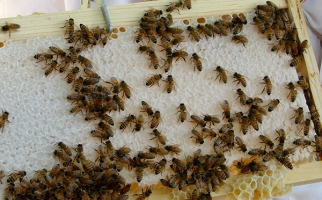
How are the World's Bee Populations Doing?
STEM Explained
Bees are important for agriculture. But bee populations face threats. This resource looks at Colony Collapse Disorder, herbicides & pesticides, and more.
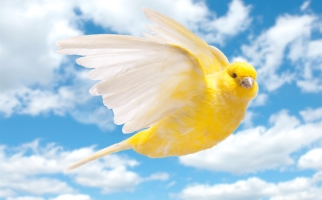
How Can Birds Help Monitor the Health of Ecosystems?
STEM Explained
Scientists can observe birds to get useful information about the health of, and changes in, an ecosystem.
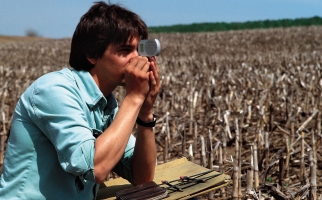
Careers: Soil Scientist
Picture Collections
5 images some work that a scientist who studies the Earth's soil might do such as classifying types of soil and measuring the slope of soil
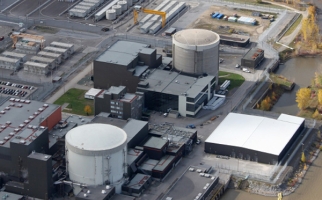
Cleaning Up Nuclear Waste After Decommissioning
STEM Explained
When a nuclear reactor is no longer in use, the radioactivity in its materials remains. That’s why it’s important to safely deal with the radioactive waste those plants leave behind.